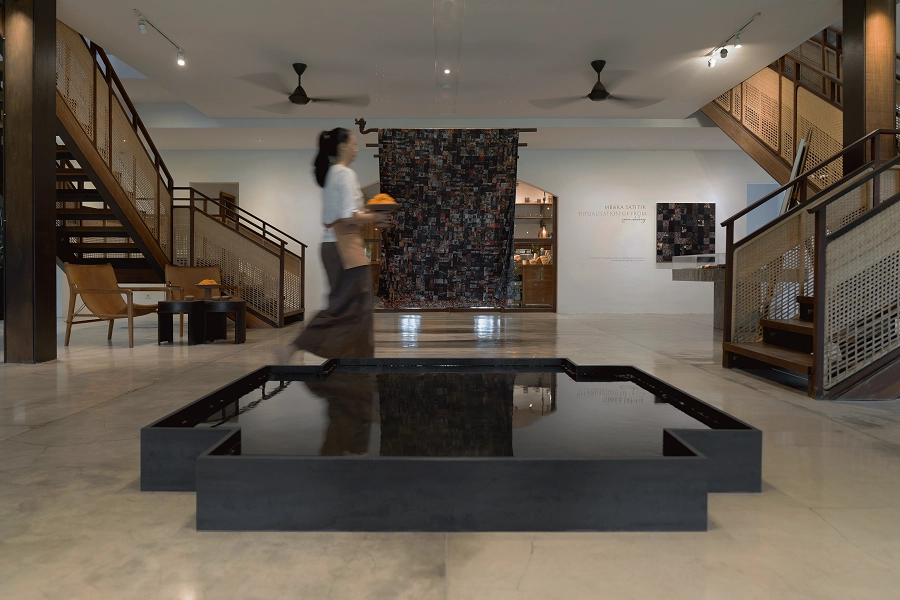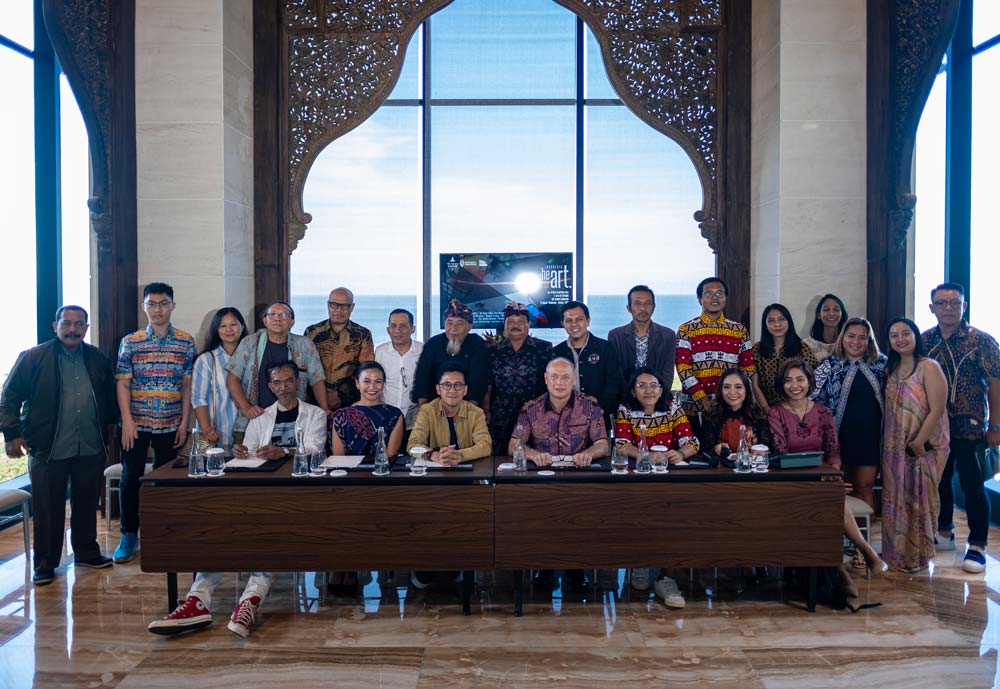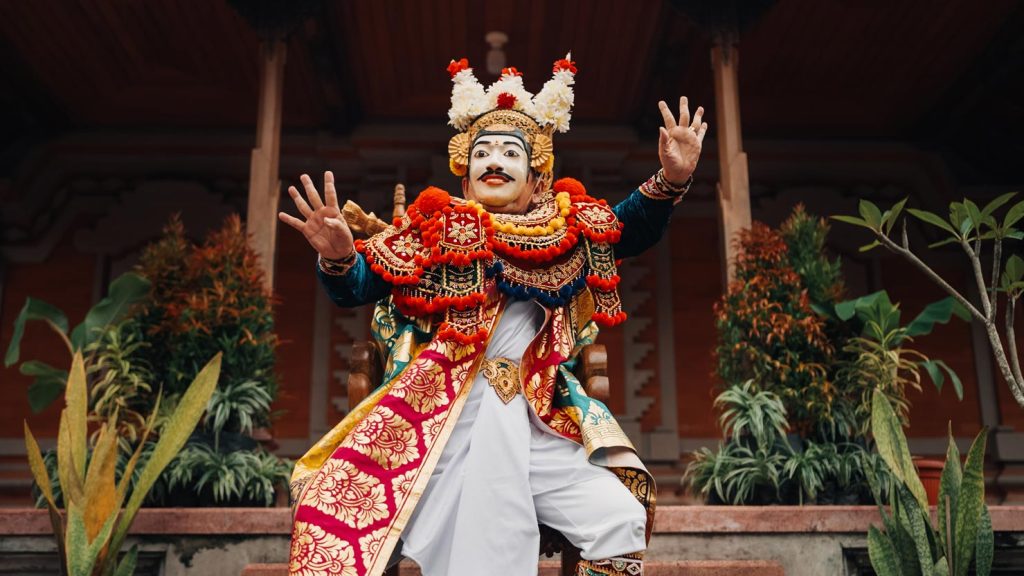
Often considered the antithesis of culture and tradition, when used correctly digital technology can in fact play an important role in its preservation and continuation. In the case of a project called Quantum Temple, blockchain platforms have been utilised to create not only a wider appreciation of Balinese art forms, but also to fund and support local communities and their own cultural revitalisation.
Linda Adami, CEO and Founder of Quantum Temple was introduced to blockchain technology quite early on. Having worked at the Dubai Future Foundation, she saw how the Dubai Government had already implemented government services onto the blockchain, showcasing its practical use-case in everyday life.
During the pandemic, as she took time off in Bali, she saw the widespread effects that tourism dependency was having across the island and sought to find a way to help communities through different means, leveraging her knowledge of blockchain and web3.
Culture into Code
“In Bali, we keep our sacred objects in the temple. So, Quantum Temple is an appropriate means for us to preserve our culture on the digital landscape.” – Marlowe Bandem
The initial idea was to create a cultural archive using web3 platforms (i.e. internet platforms built on the blockchain). To do this, she sought a collaboration with anthropologist and author, Professor Stephen Lansing, best known for his work researching Bali’s subak irrigation system — a key contributor to the nomination of Jatiluwih Rice Terrace as a UNESCO World Heritage Site in 2012. Together they went around the island with professional videographers recording cinematic scenes of chosen subjects, from rituals to landscapes, performing arts and religious artefacts. It was to be a visual anthropology archive of sorts, but stored and accessed on new digital spaces.
At the time, between 2021-2022, NFTs were all the rage in the blockchain and cryptocurrency spheres. NFTs, or non-fungible tokens, are essentially digital ‘stamps’ built on the blockchain that can be used as a means of certifying ownership of a digital asset, say an image, video or an avatar. These ‘files’ cannot be copied and their origins can be traced back to source, assuring authenticity. It marked a new wave for ‘digital art’ and online collectible content. Thus, Linda and Stephen developed the footage into what they call ‘Cultural Heritage NFTs’: curated, 20-second, 4K resolution clips of different aspects of, in this case, Balinese heritage. These were to become living records, a digital window and snapshot of Balinese culture.
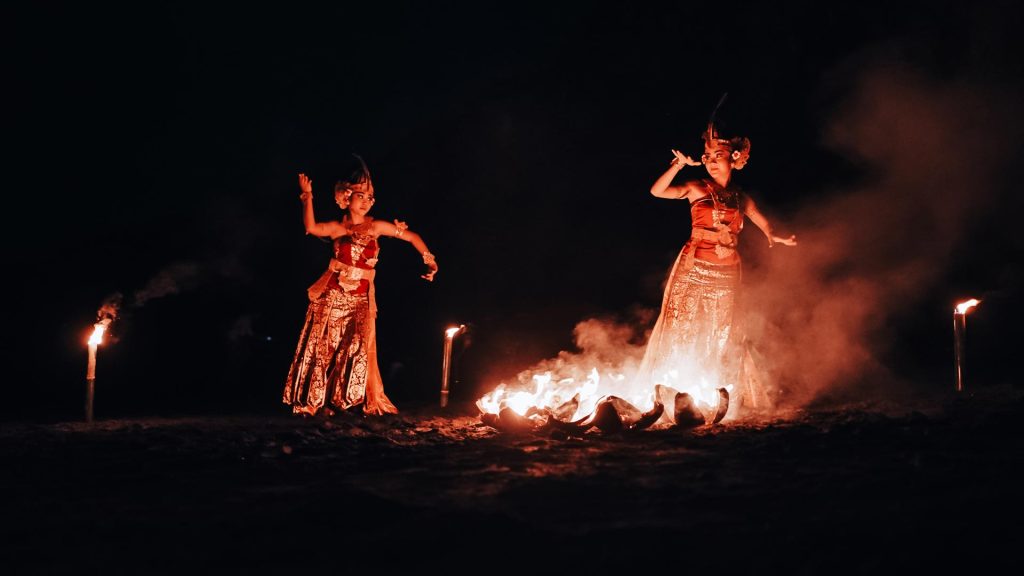
What was the vision, exactly? The collectable, digital art trend opened opportunities in funding and could thus potentially become a model of cultural patronage for Bali, one that did not require the tourist industry nor the physical presence of people. These NFTs, if and when sold, would directly impact the communities that were the ‘subject’ of each particular NFT. This became the early basis of Quantum Temple.
They developed nine initial recordings, from the melukat cleansing ritual to Balinese dance, working directly with local communities to capture visually stunning scenes.
The dance they captured was the Cendrawasih, inspired by the birds of paradise. This brought the Quantum Temple team to meet with the original choreographer, the famous Balinese dancer Swasthi Wijaya Bandem. The Bandem family are renowned in Bali’s cultural circles, and Ibu Swasthi’s husband is none other than Professor I Made Bandem, respected author and academic on Balinese performing arts and a prized dancer himself.
It was decided that the Professor Bandem would be recorded for the tenth NFT, where he performed the Dalem Arsa Wijaya, a courtly mask dance and a signature of the masterful mask dancer, backdropped in his Balinese compound in Singapadu Village, the mask carving centre of Bali. An eleventh NFT was recorded, focusing on the gamelan orchestra playing ‘Kebyar Jaya Semara’ (Victory of Love).
As he was preparing for the performance, Professor Bandem spoke at length about the story of the dance itself, the legacy of mask dancing in Bali, how it relates to the culture at large. This recorded discussion became the ‘utility’ of his particular NFT, i.e. the exclusive content owned and accessed only by the holder of the digital file. This brought about new opportunities, adding not only more knowledge and depth to the archive, but added value for the Cultural Heritage NFTs. Next, was to bring these NFTs to the world.
Paris Colonial Expo 1931: Revisited
With the Cultural Heritage NFTs developed, the Quantum Temple team prepared a soft launching gathering at Tirta Empul temple in February 2023, inviting all of the Balinese communities involved.
This was, as one can imagine, quite the interesting event. Not only did very few of those attending understand the concept of blockchains and NFTs, they were there to watch 11x 20-second clips having expected a much lengthier film screening. But, importantly, it became an opportunity to bridge a knowledge gap and introduce the technologies and the ideas behind them to these communities as well as explain how these NFTs had the potential to drive funding and impact, Marlowe Bandem explains to NOW! Bali. Marlowe, the son of Prof. Bandem and Ibu Swasthi, began assisting Linda and the Quantum Temple team after his parents became involved, especially with matters pertaining to community engagement having experience with ‘Bali 1928’, a repatriation project of Bali’s historical recording of music and performing arts from the early 20th century.
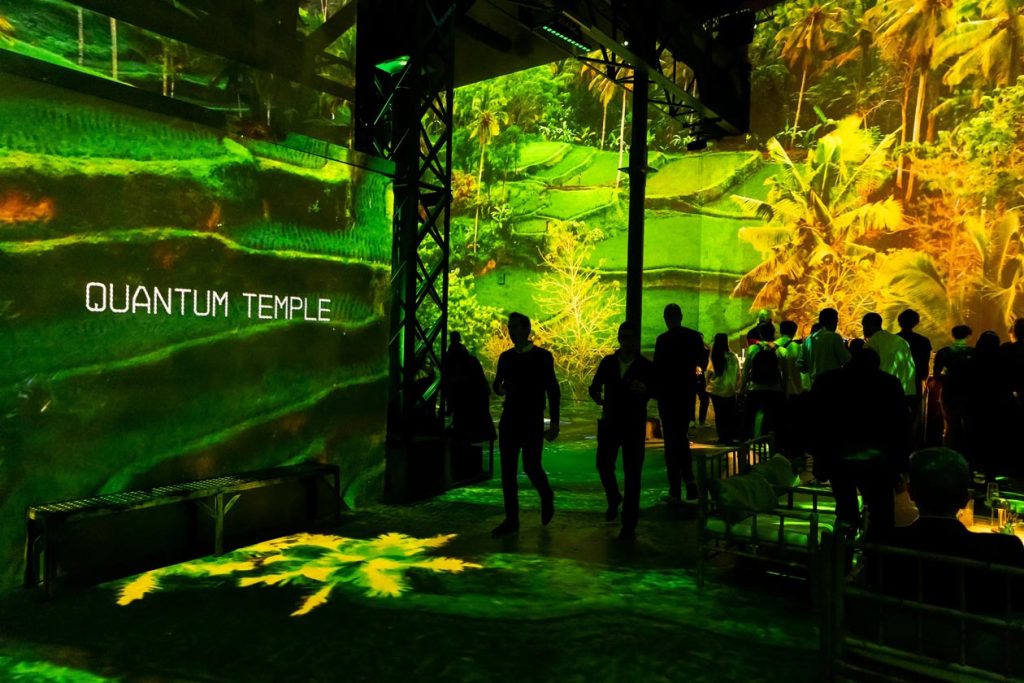
On 22 March 2023 (Nyepi, Bali’s Day of Silence) Quantum Temple held a grand launch of the NFTs in Paris, an event supported by the Indonesian Ministry of Tourism and Creative Economy (Kemenparekraf). It took place at Atelier des Lumières, an art centre displaying immersive, video-mapped exhibitions of classical pieces.
Every square inch of Atelier des Lumières was illuminated with images of Bali: scenes of the subak, flashes of the dancers, captivating landscapes. The rooms filled with conscious collectors, eager to see the highly-anticipated NFTs. Of course, Balinese performances opened the event with a Cendrawasih dance duet by Ni Kadek Virna Erikayani and Ni Kadek Dwi Martini; and Prof. I Made Bandem dancing the Dalem Arsa Wijaya.
The event drew interesting parallels to the 1931 Paris Colonial Exposition, where the Janger, Baris, Legong, and Barong dances were performed on an international stage, a spectacle of Balinese culture never before witnessed in Europe that put the island on the tourist map. The Quantum Temple launch was a sign of Bali’s evolution over nearly a century, a culture reimagined for the latest digital technology, inside a virtually-mapped space.
The central focus of the event was the live auction of the Cultural Heritage NFTs, of which three were to be auctioned off that night to an impressive assembly of high-value bidders and blockchain enthusiasts, courtesy of Linda Adami’s network. The results were staggering: ‘Dancing the Bird of Paradise’ sold for $16,623, ‘Journey to the Waterfall at Pura Taman Pecampuhan’ sold for $20,783 and ‘Royal Topeng’, Made Bandem’s mask dance, sold for a monumental $96,989. A total of $130,395 was raised through three NFTs in that one evening. Now the question was, what to do with the money?
Revitalisation and Regeneration
In an online interview, Adami mentioned the mission behind Quantum Temple, finding ways to use “End-to-end web3 infrastructure to really power and preserve the cultural heritage space and unlock regenerative funding to communities that work in the sector.”
That is why, before putting any NFTs to market, Quantum Temple created a strict format for financial distribution: 40% for Quantum Temple, 40% for ‘Culture Keepers (i.e. the community involved), 10% for NFT producers, 5% for curators, and 5% as a general impact fund.
So, with all the proceeds made in Paris, Quantum Temple set to distribute these funds as promised. they went out to each community involved and opened ‘cryptowallets’ into which the promised funds were deposited. This was imperative to create the transparency that blockchain technologies allow, as every ‘transfer’ can be followed and traced by the public.
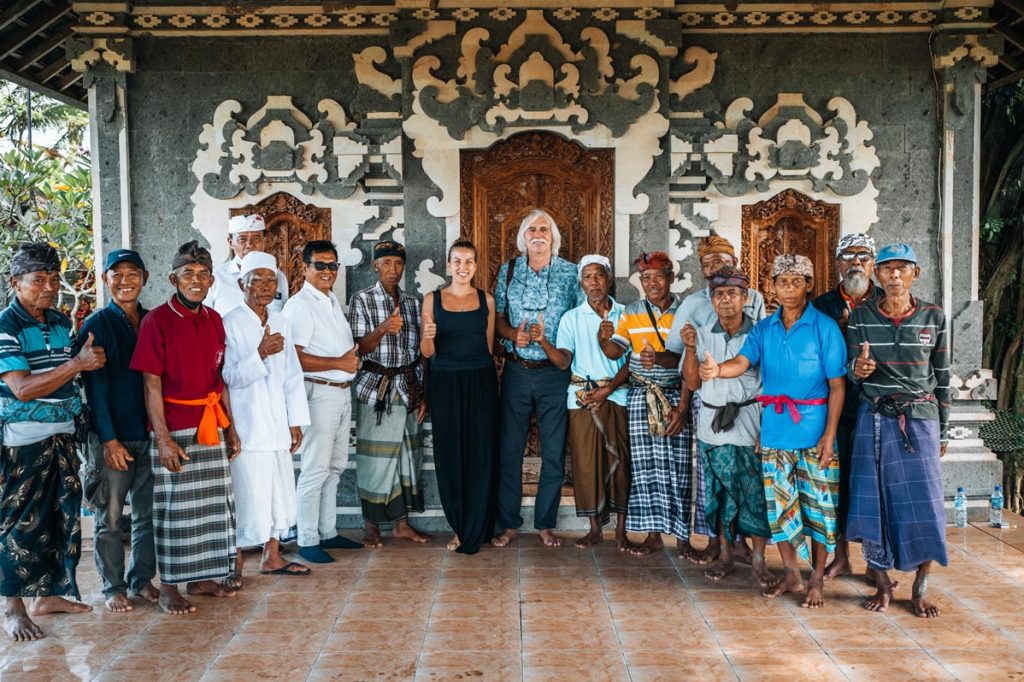
Once each community, or Culture Keeper, receives their funds, it is up to them how they decide to use them. Each group has found ways to use the communal fund to improve a specific aspect:
- Sanggar Seni Kesuma Jaya, the art group involved in making the ‘Dancing the Bird of Paradise’ have used part of their fund to repair the village’s gamelan instruments used in the traditional dance of Joged Pingitan, as well as fund gamelan workshops and regenerate their gamelan players.
- The community at Pecampuhan Sala, have used their funds to improve the infrastructure of Taman Pencampuhan Sala Temple. They’ve created below-ground water channels to control the excess waterfall runoff and alleviate flood risk, ensuring protection of the temple and community using it. They also allocated a separate fund to begin a digital entrepreneurship for young community members, leveraging this introduction to blockchain technologies.
- Prof. I Made Bandem is using funds for the printing and publication of a forthcoming book, “Harmonizing Energy: The Central Role of Usana Bali in Cultivating a Prosperous Life”, an exploration of the concept of bayu, or energy, as a cornerstone of Balinese artistic, aesthetic and spiritual endeavours. It focuses on a long-lost manuscript and unpublished literary work by Katharane Mershon and Ida Pedanda Madé Sidemen from the 1930s. Furthermore, the Bandem family created a gamelan program for the youth (5-13 years old) in Singapadu Village, setting up free lessons twice a week in their home since April 2023.
The Impact Fund, which takes 5% of total proceeds, is used for development across Bali, outside of the involved communities involved across Bali. The first project is at Subak Bene, Jatiluwih Rice Terraces, where they secured a demonstration plot and created in-depth workshops to educate the involved farmers on more effective farming methods that improve yield, reduce water wastage and decrease greenhouse gas emissions.
This is just the tip of the iceberg. Seeing the global ‘buzz’ of NFTs wither, Quantum Temple has expanded into offering regenerative tourism experiences in Bali. “Cultural tourism and the creative sector at large represent 40% of tourism, a $9 trillion industry. It is the second largest employer in the developing world — concentrated by hospitality players, only $5 out of every $100 stays in the country according to UNWTO,” shared the Founder during an online interview. Thus, they are developing the QT Passport, a way of accessing unique and exclusive cultural experiences whilst ensuring transparency on where money is being sent and spent. Plus, a donation-based platform allows for anyone to help finance the various Impact Fund projects listed on their website.
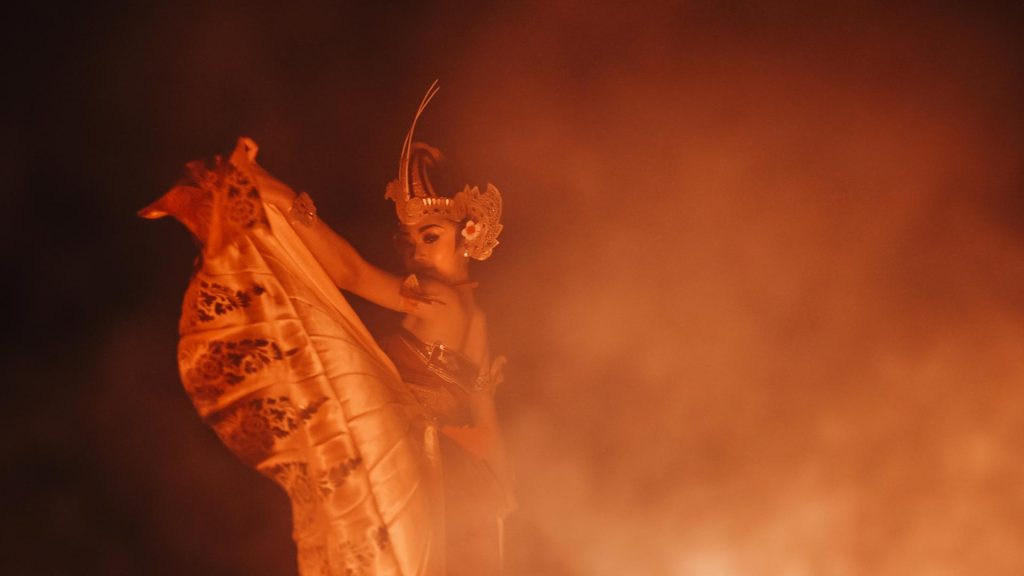
Bali has been the pilot project for Quantum Temple, with plans to expand their model to other areas of Indonesia as well as other global regions. In January 2023, they were awarded winners of the UNWTO ‘Awake Tourism Challenge’ in local community involvement, allowing them to scale up their operations.
Overall, Quantum Temple showcases a new way of archiving valuable cultural assets using digital technology, as well as a new model of transparent funding in social development, regenerative tourism and direct community involvement. For Bali, it opens up new opportunities and potential income streams that connect the island to the world.
Find out more at quantumtemple.xyz
